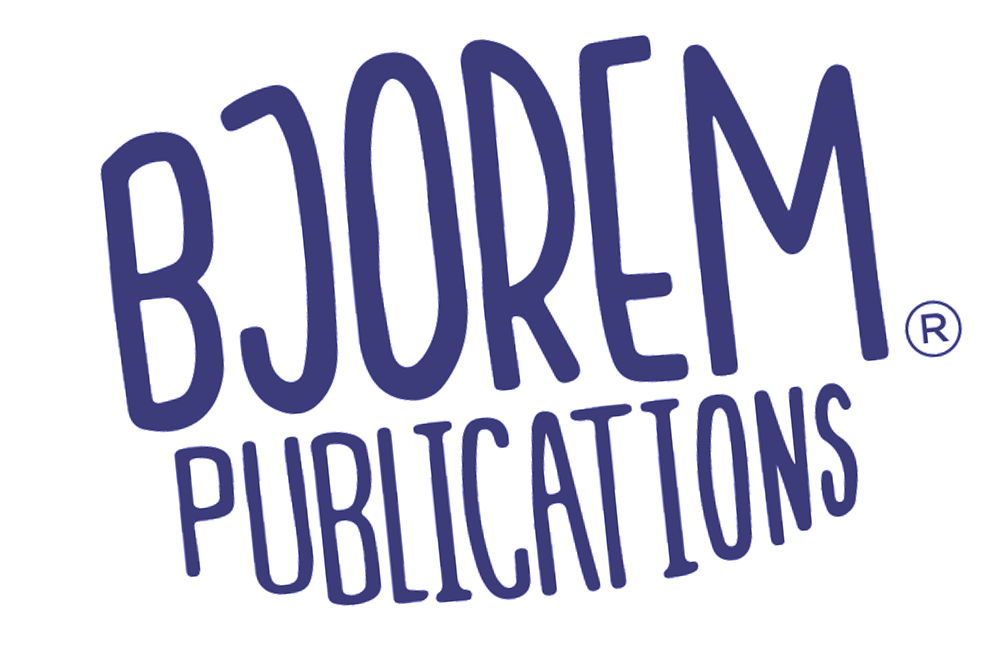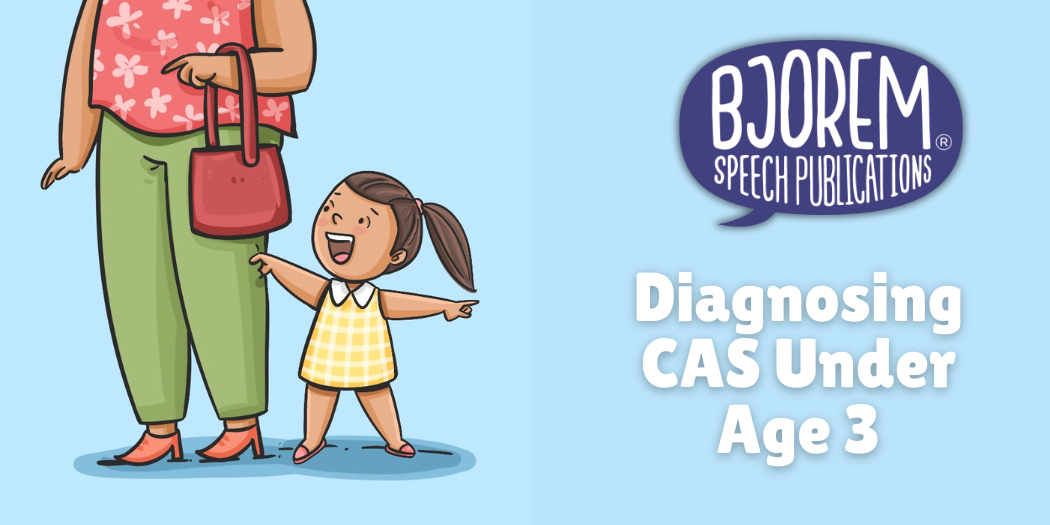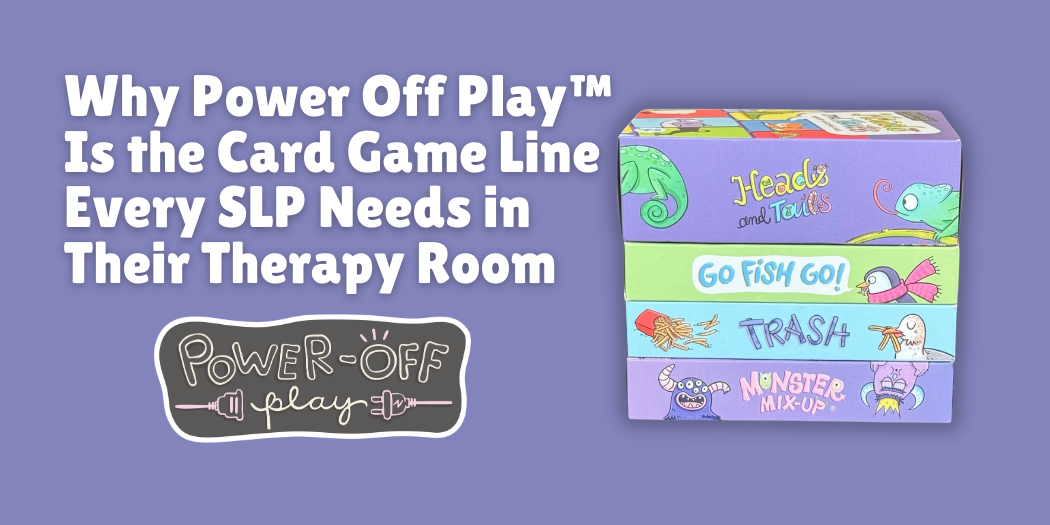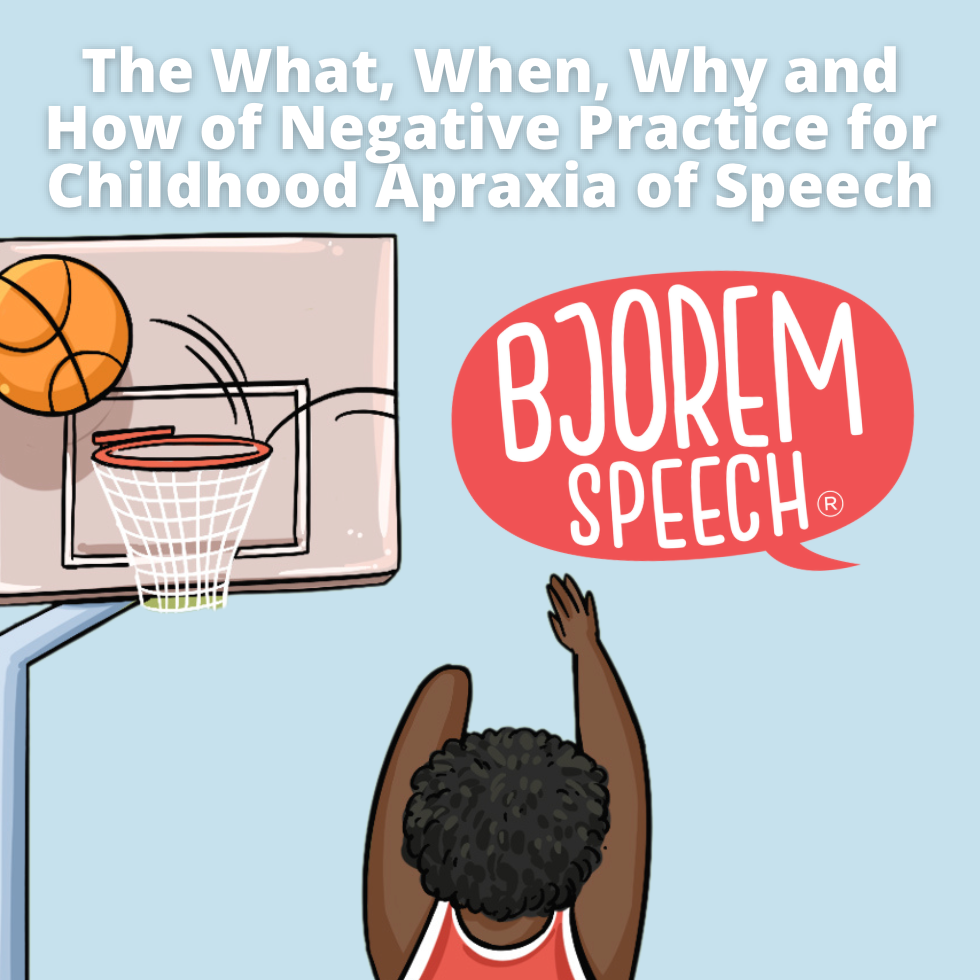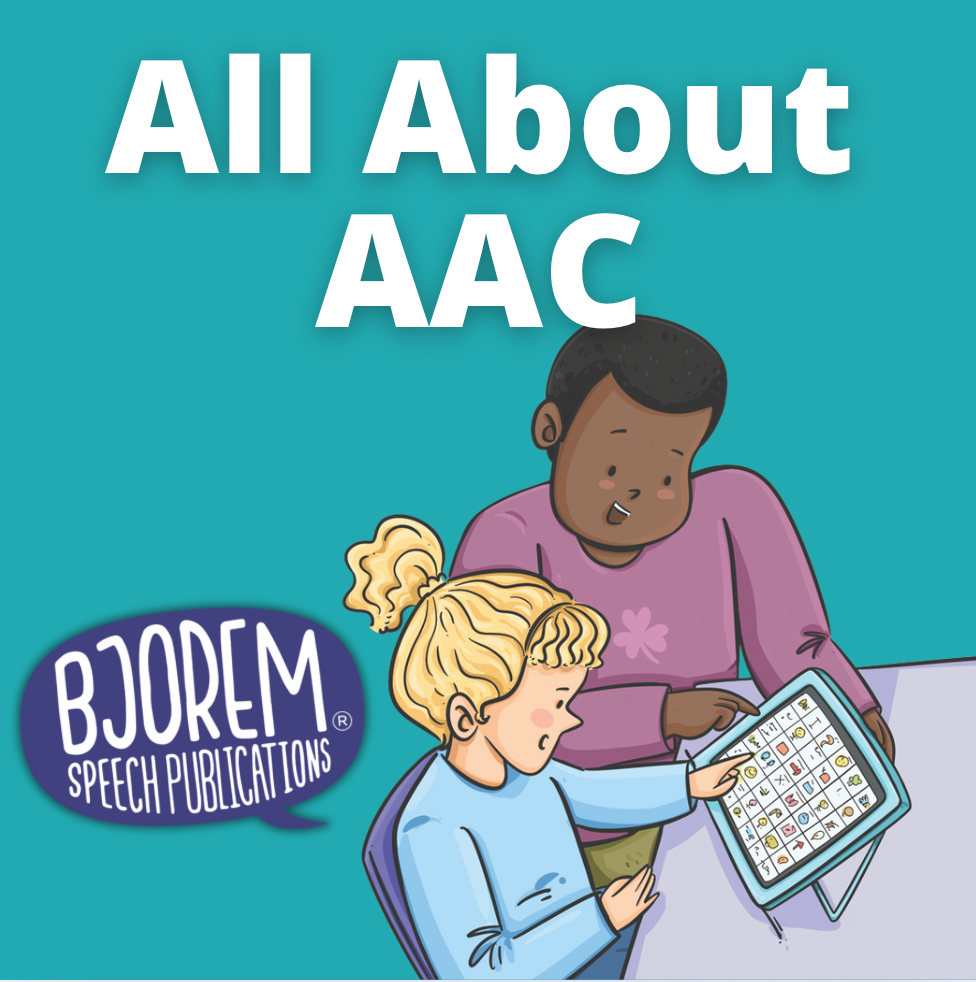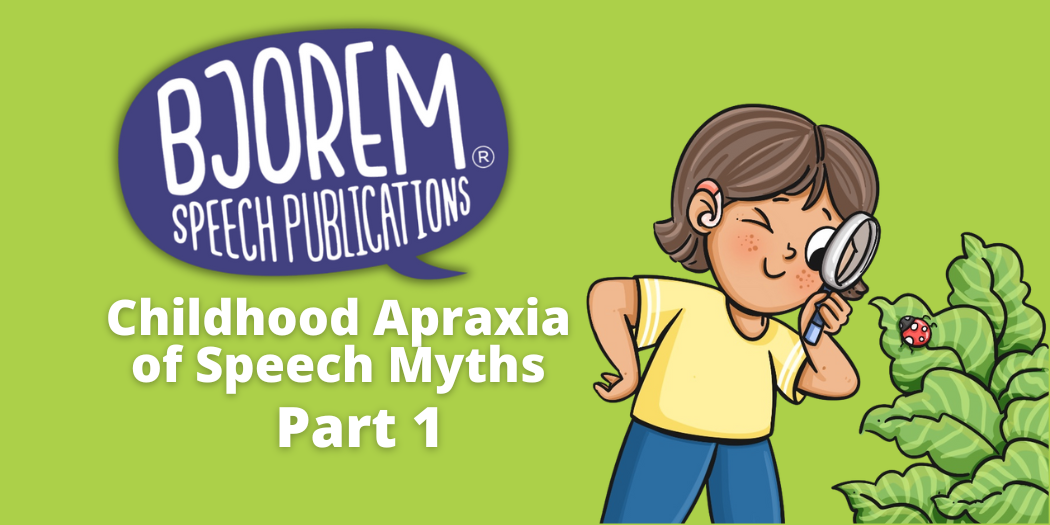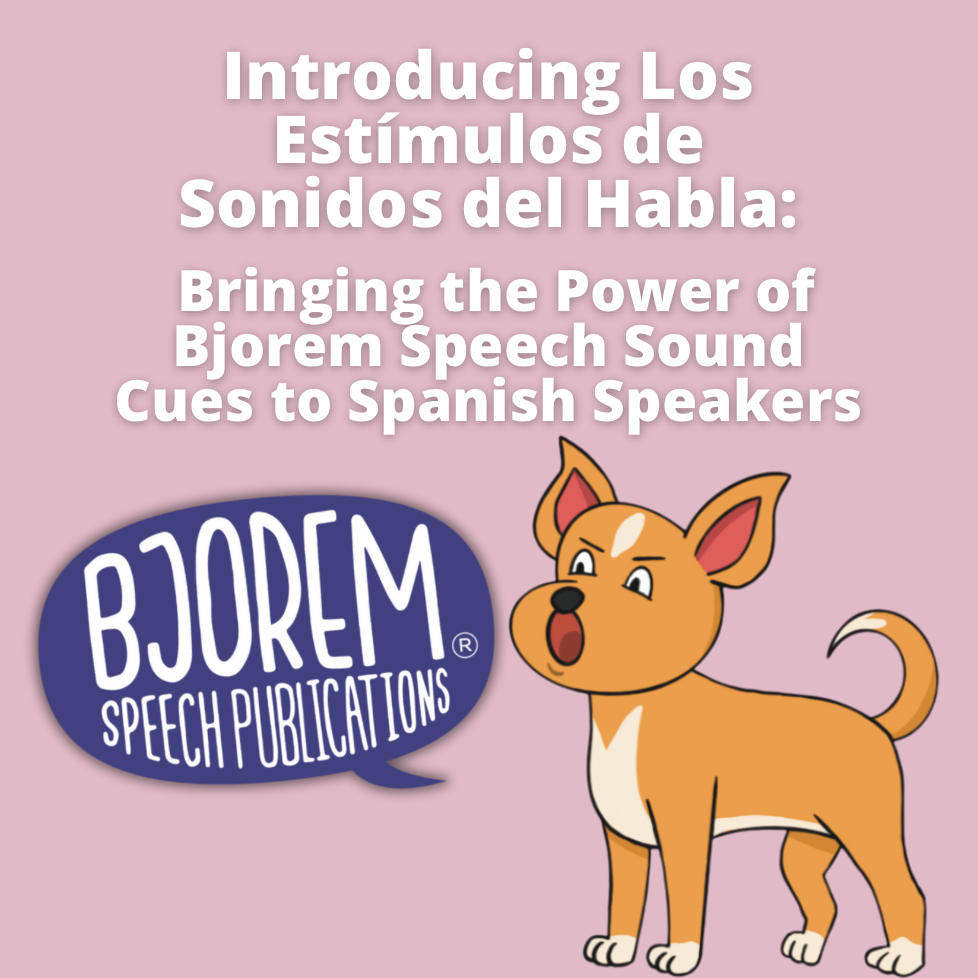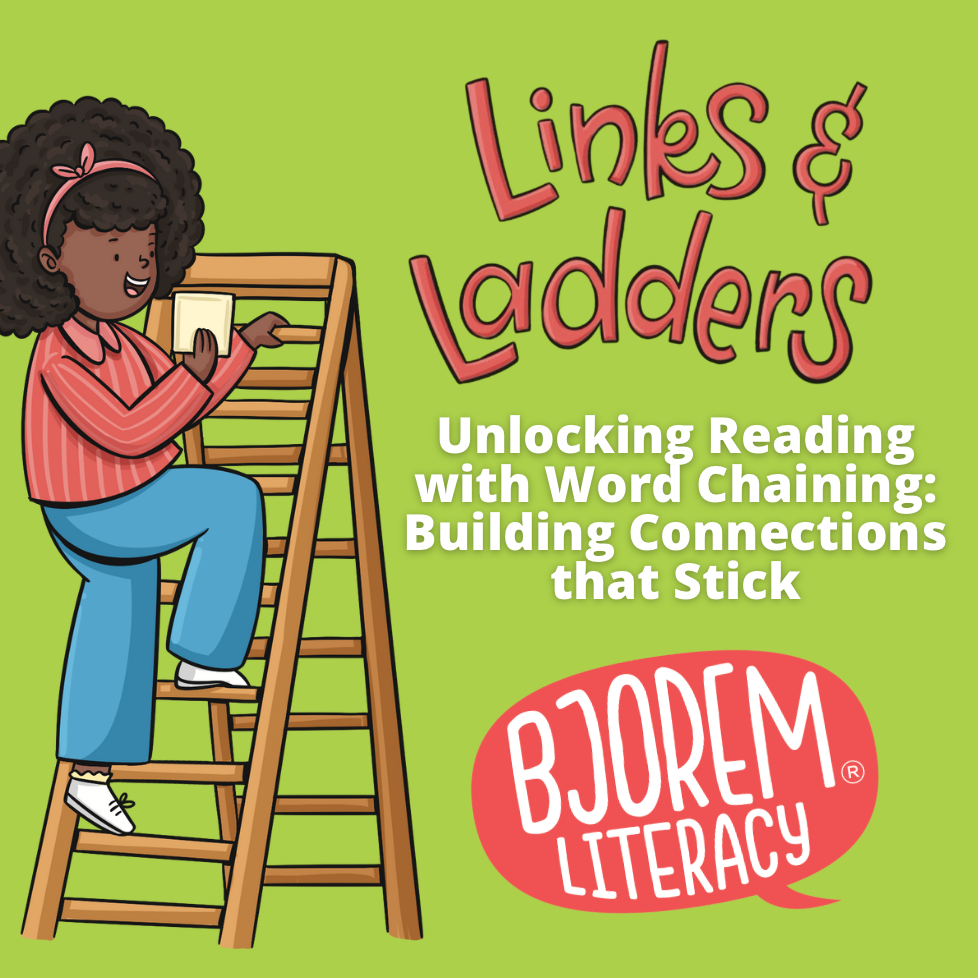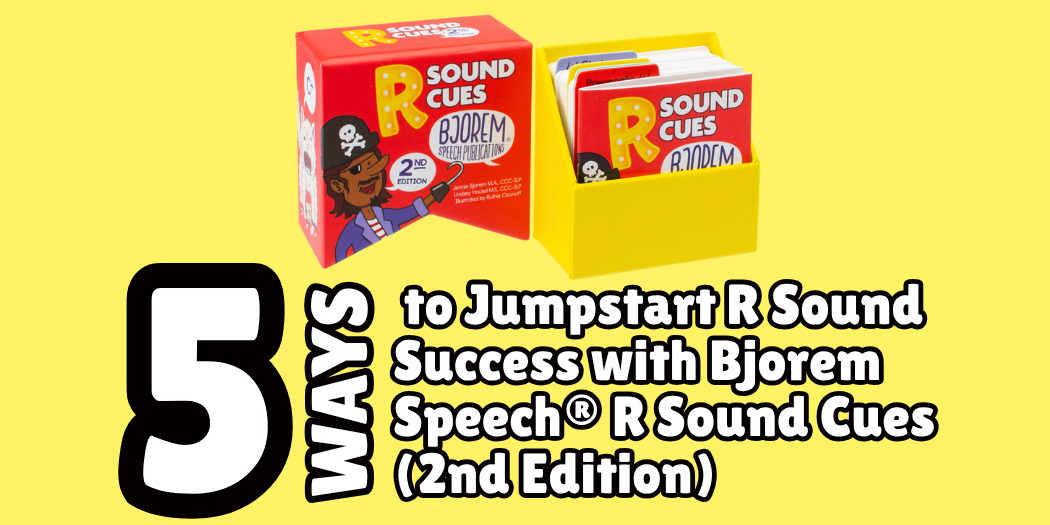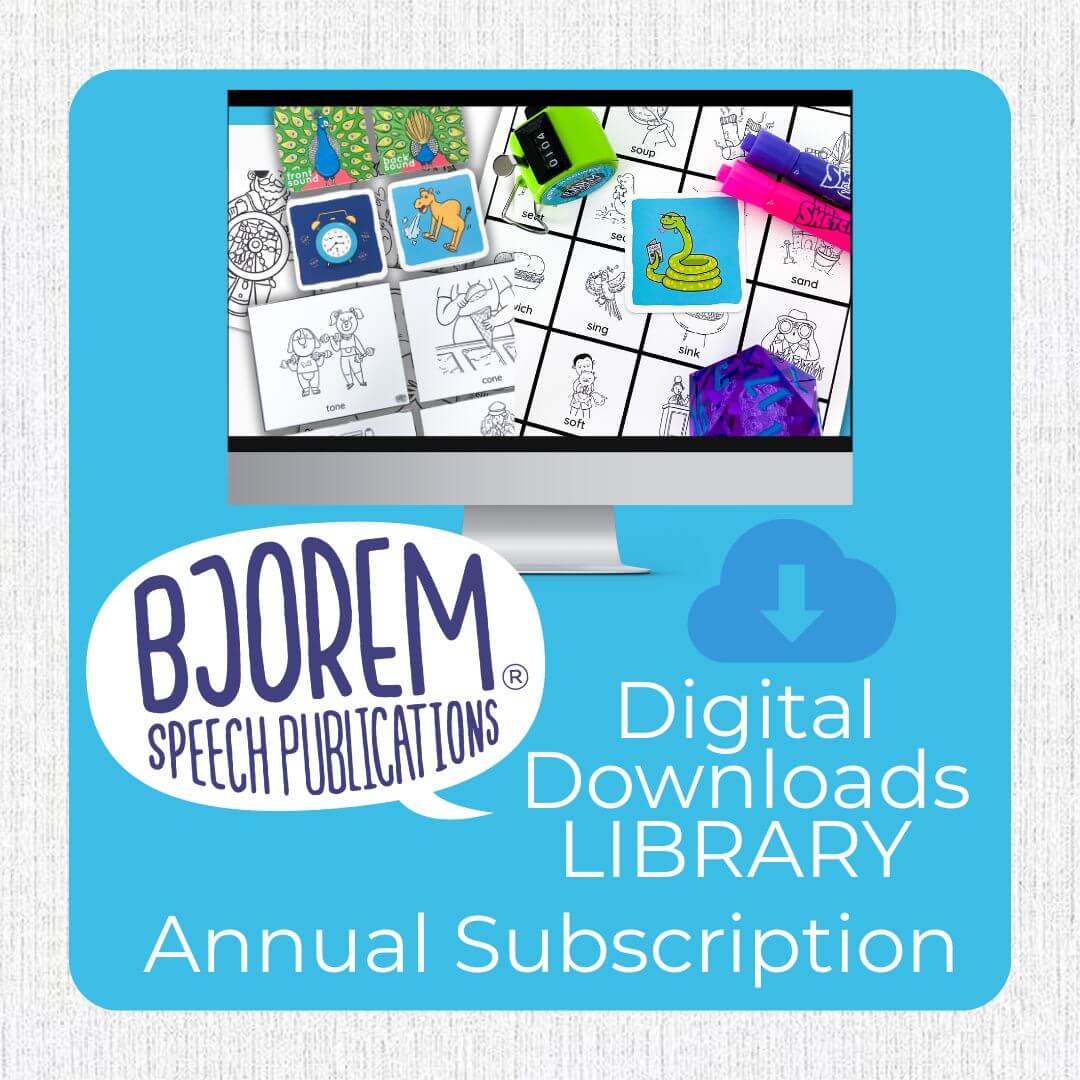
Why Is My Two-Year-Old Not Talking? What Parents Can Do to Help
It’s common for parents to wonder, “Why isn’t my two-year-old talking yet?” Every child develops at their own pace, but if your toddler isn’t saying much, it’s natural to be concerned. While some late talkers catch up on their own, others may need extra support.
Understanding what’s expected at age two, the difference between speech and language, and simple ways to encourage communication can help you support your child’s development.
Speech vs. Expressive and Receptive Language: What’s the Difference? Before diving into strategies, let’s define speech and language, as they are often confused:
- Speech – The ability to produce sounds and words clearly. This includes articulation (how sounds are formed), voice (quality of sound), and fluency (smoothness of speech).
- Expressive Language – What a child can say or express using words, gestures, and signs. This includes vocabulary, sentence structure, and how they communicate their wants and needs.
- Receptive Language – What a child can understand. Even if they don’t say much, they might understand directions, recognize words, and follow conversations.
- For example, a child with strong receptive language might understand, “Go get your shoes,” but struggle to say, “I want my shoes.”
What Should a Two-Year-Old Be Doing in Speech and Language?
By 24 months, most toddlers should be:
-
Speech Development:
- Saying at least 50 words
- Using simple two-word phrases (e.g., “more juice,” “big truck”)
- Attempting to imitate words and sounds
- Pronouncing words, though not always clearly
-
Expressive Language:
- Naming familiar objects (e.g., dog, ball, milk)
- Using gestures (pointing, waving, shaking head “no”)
- Beginning to ask for things with words
-
Receptive Language:
- Understanding simple commands (e.g., “Come here,” “Give me the toy”)
- Recognizing familiar names and objects
- Responding to questions like “Where’s your nose?”
- Showing interest in songs, books, and stories
If your child isn’t meeting these milestones, don’t panic! Some kids take longer, but early support can help.
Things Parents Can Do to Help a Late-Talking Toddler:
Here are practical and pressure-free ways to encourage your toddler’s speech development:
1. Use Environmental Sounds & Exclamatory Words
Many toddlers start with fun sounds before words. Check out our NEW What Sound? Environmental sounds and Categories deck and our Exclamatory Words deck!
- Animal sounds (“Moo!” “Woof woof!”)
- Vehicle sounds (“Beep beep!” “Vroom!”)
- Exciting exclamatory words (“Uh-oh!” “Wow!” “Boom!”)
These sounds are easy to imitate and often come before spoken words.
2. Reduce Pressure – Avoid Too Many Questions ❌❓
Instead of constantly asking, “What’s this?” or "Say___" or “Can you say ___?”, try commenting on what your child sees or does:
❌ Instead of: “What’s this?”
✅ Try: “Oh look, it’s a ball! The ball bounces!”
This provides language exposure without pressure.
3. Imitate Your Child’s Sounds and Words
If your toddler babbles or says a word, repeat it back to them!
• If they say “ba,” respond with “ba ba ba!”
• If they make a car sound, echo it (“Vroom! Vroom!”).
This encourages turn-taking, expanding speech sounds, and confidence in communication. If you are looking for something to help expand speech sounds check out the 2nd Edition Bjorem Speech® Sound Cues! They come in two sizes small and BIG Boxes.
4. Use Short, Simple Sentences
Toddlers learn best when speech is clear and simple. Try using one- to two-word phrases:
• Instead of “Let’s go outside and play in the grass.”
• Try “Go outside!” or “Play grass!”
Keeping language short and direct helps toddlers learn faster.
5. Use Gestures and Signs
Gestures enhance communication and reduce frustration. Try:
• Waving “bye-bye”
• Pointing to objects while naming them
• Using basic baby signs (e.g., “more,” “all done”)
These early nonverbal skills help speech emerge.
7. Read Books Together (Even If They Don’t Say the Words Yet!)
Choose interactive books and repetitive books. Talk about the pictures and describe while pointing.
- Wow, big dog!”
- “Uh-oh! The baby fell!”
- "Oh-No! The dino went poo-poo!"
Check out our fun and funny OH-NO Poo-Poo and OH NO Pee Pee books for repetitive silliness young kids LOVE!
8. Play Social Games Like Peek-a-Boo & Pat-a-Cake
Simple turn-taking games teach early conversation skills:
- Peek-a-Boo (waiting and responding)
- Pat-a-Cake (gesture and speech together)
- Row, Row, Row Your Boat (predictable rhythm)
9. Sing Songs & Use Rhythm
Singing helps with word learning and memory. Try:
- “Wheels on the Bus”
- “If You’re Happy and You Know It”
- Better Letters with the Laurie Berkner Band
These fun, repetitive songs help toddlers engage with language.
When to Seek Help from a Speech-Language Pathologist (SLP)
If your child is not talking by age 2, it’s a good idea to consult an SLP if they:
- Don’t use words or gestures
- Struggle to understand simple instructions
- Aren’t imitating sounds or words
- Seem frustrated when trying to communicate
A Speech-language pathologist (SLP) can assess speech and language skills and provide personalized strategies to help your child. If you have any concerns about speech or language development, DON'T WAIT—early intervention leads to better outcomes! While every child develops at their own pace, some late talkers catch up on their own, while others benefit from extra support. The best advice? Take action early! If you’re worried, seeking professional guidance from an SLP is always a great step.
For more speech and language tips, explore Bjorem Speech®’s evidence-based resources at www.bjoremspeech.com.
Have questions? Drop them in the comments or reach out to an SLP today!

